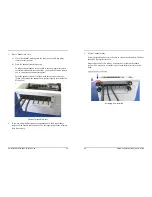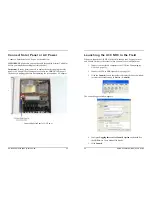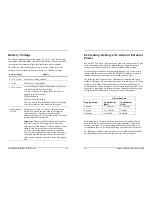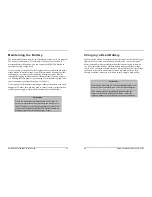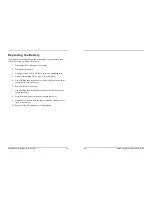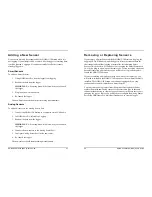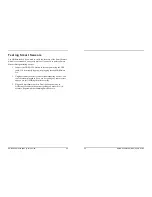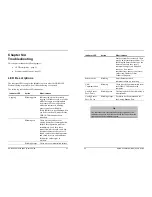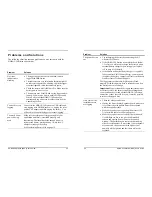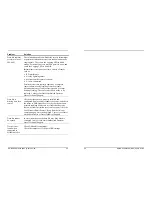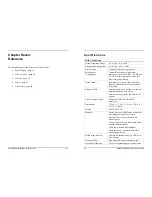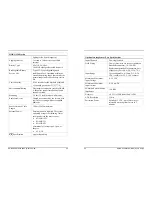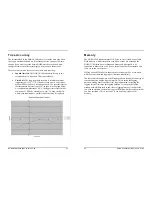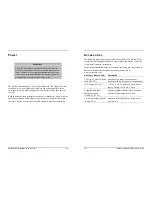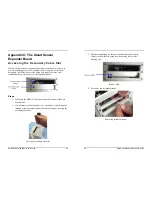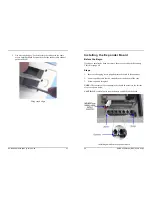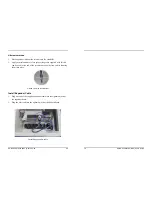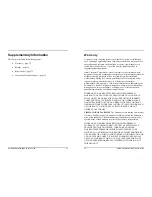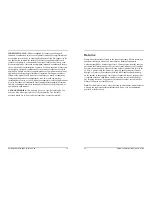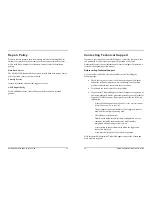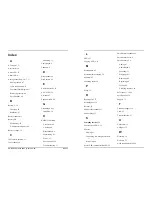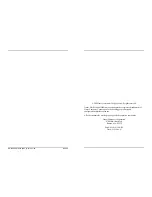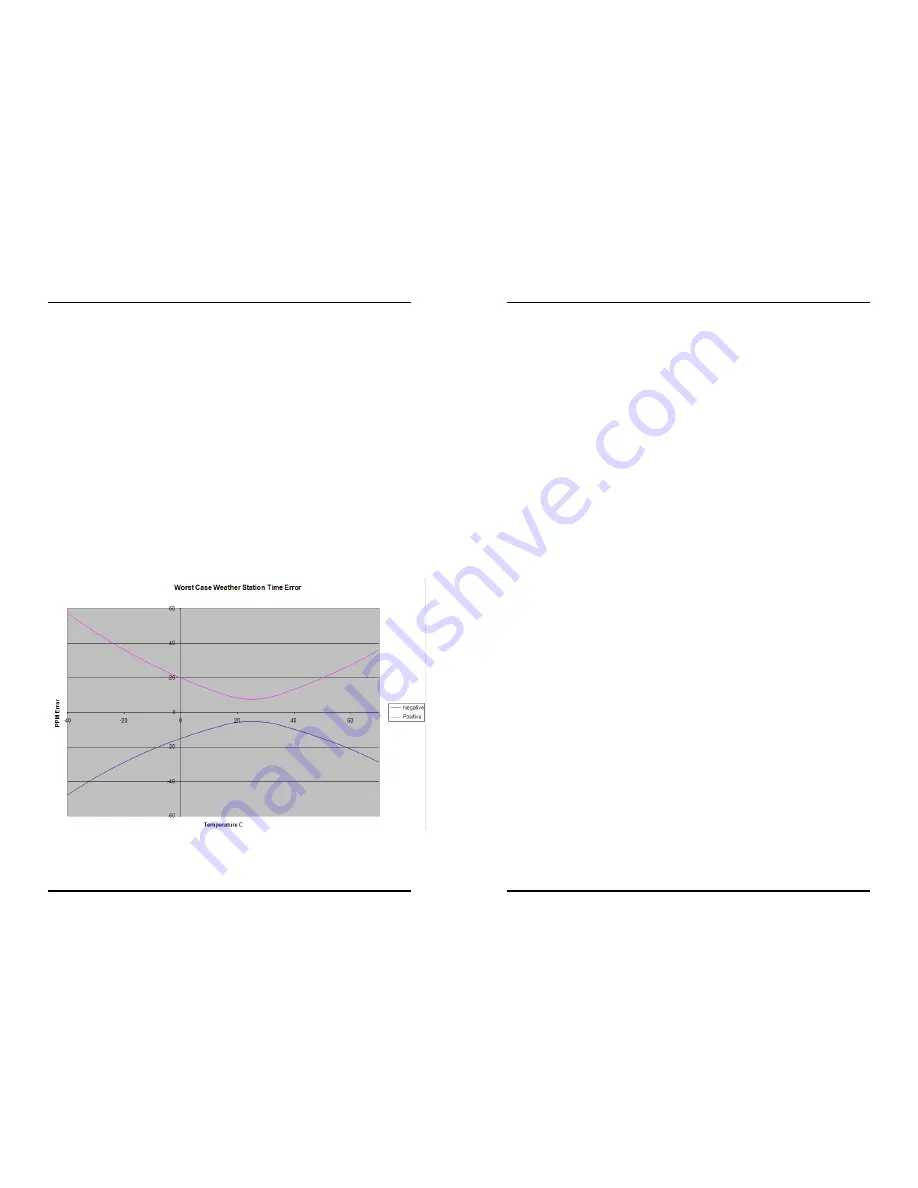
HOBO U30 Station (NRC) User’s Guide
61
Time Accuracy
The internal clock in the HOBO U30 Station is set by the time zone when
the logger was launched and it will not change after a spring or fall time
change. If you want to see the data in HOBOware Pro in the new time,
change the time zone offset accordingly when you open the data file.
There are two common sources of errors with time reporting.
•
Launch time loss.
The HOBO U30 Station may lose up to two
seconds when it is launched. This is unavoidable.
•
Clock drift.
The long-term time accuracy is related to ambient
temperature. At 25°C (77°F), the worst-case error is ±8 parts per
million (PPM), or about 5 seconds per week. The error increases as
the temperature deviates from 25°C, as shown in the graph below.
At a constant temperature of -20°C, the logger time error could be
as much as 35 PPM (21 seconds per week). To keep clock drift
within your requirements, periodic relaunches may be required.
62
HOBO U30 Station (NRC) User’s Guide
Memory
The HOBO U30 Station contains 512K bytes of very reliable non-volatile
Flash memory, which retains data even if power runs out. Although the
HOBO U30 Station has a rechargeable battery and is designed to be
connected to either solar or AC power, the data would still be retained even
if it were to run out of power.
If Wrap Around When Full is enabled, the oldest data will be overwritten
with the newest data and logging will continue indefinitely.
The rate at which the memory will fill up depends on the number and type of
sensors connected and the logging interval. This is called the logging
duration. Adding sensors decreases the logging duration; increasing the
logging interval increases the logging duration. If you open the launch
window with HOBOware Pro and select a logging interval, it will provide
you with an estimate of when the logger will fill up with the sensor suite that
you have installed. (This is just a way to see how long it takes to fill
memory.

